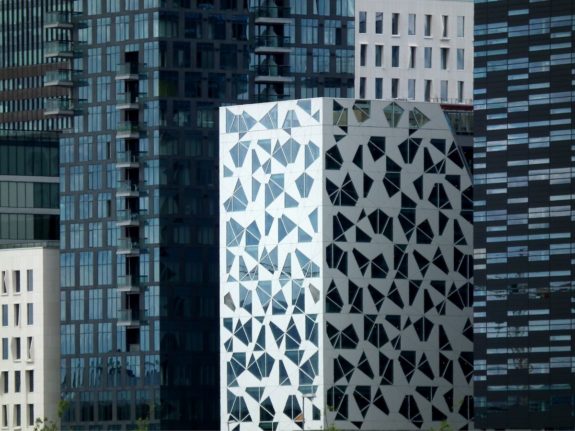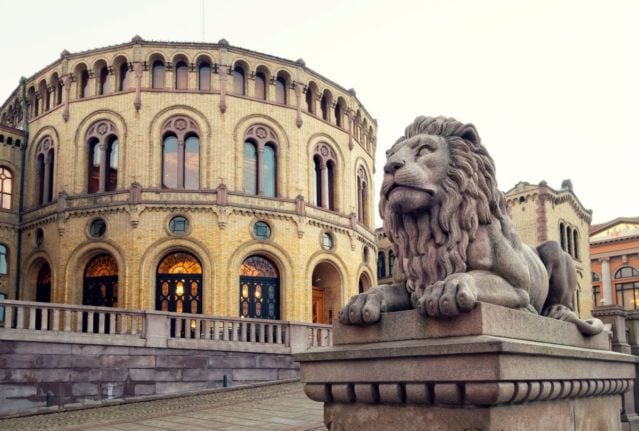Following a decline, Norway’s economy grew by 0.5 percent in May, figures released by the national data agency Statistics Norway show.
Consumption also increased following a sharp fall in April. The increase of 2.7 percent accounted for 0.4 percentage points of the growth in the Norwegian economy.
“Growth in the Norwegian economy in May follows a corresponding decline in April. In May, the GDP for mainland Norway is roughly back at the same level as in March,” Pål Sletten from Statistics Norway said of the figures.
Overall, there has been zero growth in GDP for mainland Norway from December 2022 to February 2022 and March to May of this year.
Rising prices and interest rates mean many analysts expect no growth or a slight downturn in the Norwegian economy.
The business world is also expecting tougher times. A survey from the Confederation of Norwegian Enterprise (NHO) shows that 36 percent of member businesses expect tougher times ahead.
The surveys show growing pessimism in many industries. More challenging times for business can result in more layoffs.
The job market
Norway’s unemployment rate is currently around two percent following the rise, figures from the Norwegian Labour and Welfare Administration (NAV) show.
Unemployment was rising most in sectors heavily affected by the economic cycle. These industries see demand increase when the economy is performing well and unemployment rise when the economy is at a lull.
“Unemployment rose somewhat again in June, and during the first half of the year, there have been 3,200 more unemployed. Unemployment is increasing in cyclically sensitive occupations such as construction and engineering and IT subjects, while it is decreasing slightly in occupations in, among other things, industry and the public sector,” Hans Christian Holte, director of employment and welfare at NAV, said of the figures.
Furthermore, the demand for labour also decreased in June.
Rising interest rates and falling house prices
Norges Bank, the central bank of Norway, has been using interest rate rises to try and slow down the economy and curb inflation. Inflation in Norway increased compared to a year ago, and the latest figures show inflation at 6.7 percent.
However, there may be signs that the market thinks this strategy to combat inflation is rising.
Higher interest rates mean more expensive loan and mortgage repayments. This equates to less disposable income reducing demand and consumption, which slows down the economy.
Interest rates also affect the property market. Following a strong start to the year, house prices fell in June and are expected to continue falling into the autumn.
This is because higher rates make it harder for consumers to secure mortgages as their finances are stress tested against further rises, raising the bar for securing a mortgage.
Norway’s weak krone
Still, interest rates aren’t as high in Norway as they are in other countries. The key interest rate in the eurozone is four percent. The key policy rate in the US is 5-5.25 percent. Meanwhile, the key policy interest rate in Norway is 3.75 percent. This is the same as in Sweden.
Lower interest rates in Norway compared to other countries are one of the factors that explain why Norway’s krone is struggling. Economic uncertainty globally and lower gas and oil prices are other factors. The lower key policy rate makes Norway less attractive to investors.
A weak krone means that imports into Norway become more expensive, which contributes to inflation as goods become more expensive.
In the short and medium terms, experts expect the krone to remain weak.



 Please whitelist us to continue reading.
Please whitelist us to continue reading.
Member comments